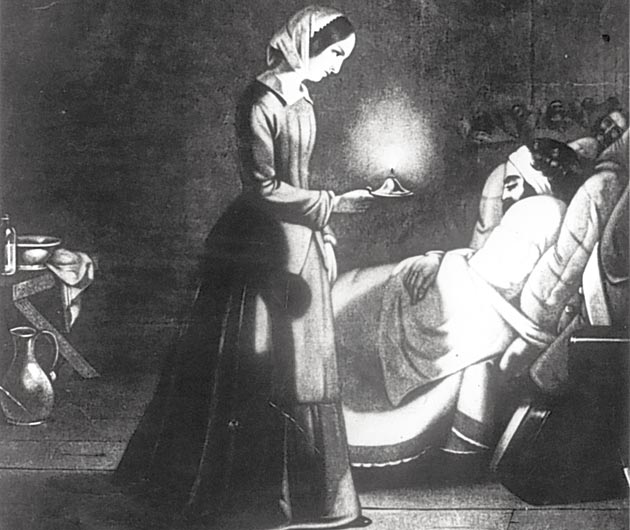The Timeline: Battlefield medicine

Your support helps us to tell the story
From reproductive rights to climate change to Big Tech, The Independent is on the ground when the story is developing. Whether it's investigating the financials of Elon Musk's pro-Trump PAC or producing our latest documentary, 'The A Word', which shines a light on the American women fighting for reproductive rights, we know how important it is to parse out the facts from the messaging.
At such a critical moment in US history, we need reporters on the ground. Your donation allows us to keep sending journalists to speak to both sides of the story.
The Independent is trusted by Americans across the entire political spectrum. And unlike many other quality news outlets, we choose not to lock Americans out of our reporting and analysis with paywalls. We believe quality journalism should be available to everyone, paid for by those who can afford it.
Your support makes all the difference.Early innovator, 1536
William Harvey's observations on blood circulation, Sir Christopher Wren's intravenous administration of medicines, and Andreas Vesalius's works on human anatomy were all complemented – and advanced – by the work of Ambroise Paré on the battlefield. Having joined the French army as a regimental surgeon, Paré made several breakthroughs. His chance usage of an ancient Roman turpentine-based solution and his invention of the ligature – although a failure at the time, due to lack of antiseptic – later proved invaluable.
In the field, 1803-1856
The Napoleonic Wars, 1803-15, provided the backdrop for further medical advances. Triage – the prioritisation of patients based on their condition's severity – developed under Dominique Jean Larrey. The Crimean War spurred on a medical revolution at home in Britain as sanitation took centre stage. Florence Nightingale's nursing became the paradigm, but her realisation of the importance of hygiene in medicine came only after her stint in the Crimea. Her training school at St Thomas' Hospital in London had a profound effect on nursing in Britain. But in 19th-century warfare, disease remained deadlier than bullets.
Anaesthetics and vaccines, 1856-1914
The development of vaccinations and antiseptics – with the latter in particular indebted to Joseph Lister – had a catalytic effect on battlefield medicine, with the First World War being the first conflict in which deaths on the battlefield exceeded deaths from disease. Anaesthetics were first used on the battlefield during the Crimean War, where chloroform was generally preferred to ether as an easier, although often deadlier, alternative.
New dangers, 1914-1939
The nature of trench warfare in the First World War meant that injuries to the head and face were common, leading directly to the development of modern plastic surgery. Walter Yeo, a young sailor from Plymouth, was the first recipient. The 1917 usage of a blood bank had a direct effect on medicine beyond the battlefield as the first civilian blood bank opened in 1921.
Mobile medicine, 1939-2010
The introduction of penicillin and antibiotics in the Second World War resulted in only one in 10 deaths being attributed to disease. But it was the development of moving surgical units that had a truly profound effect on battlefield medicine. Around three-fifths of the severely wounded could be operated on within 12 hours. The use of helicopters in the Korean War (1950-53) allowed troops to return to homeland hospitals. Amputations from vascular injuries dropped from 50 per cent in the Second World War to 10 per cent in the Korean War, but the increasing use of landmines in modern conflicts has exacerbated the need for prosthetic limbs, the development of which has had to improve dramatically as a result.
Join our commenting forum
Join thought-provoking conversations, follow other Independent readers and see their replies
0Comments